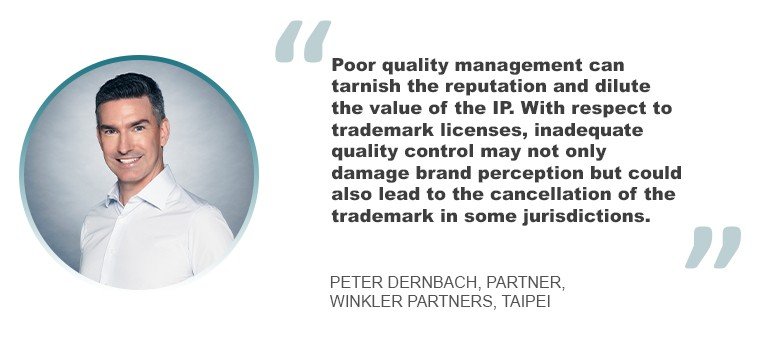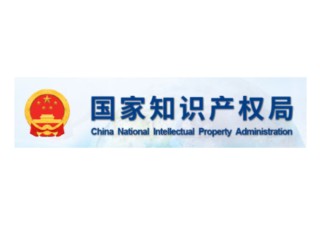Aside from losing control over the use of the IP being licensed, the licensor likewise loses control over its quality. To keep their IP’s integrity and value intact, licensors must conduct vigilant quality control. “Poor quality management can tarnish the reputation and dilute the value of the IP. With respect to trademark licenses, inadequate quality control may not only damage brand perception but could also lead to the cancellation of the trademark in some jurisdictions, representing a direct threat to the licensor's brand identity and market position,” remarked Peter Dernbach, a partner at Winkler Partners in Taipei.
Another pain point is the licensor’s dependence on the licensee’s performance. “The financial success and further development of the IP significantly depend on the licensee’s ability to commercialize it effectively. This dependence creates a vulnerability for the licensor, as underperforming licensees can impede revenue generation and limit the potential growth and innovation opportunities associated with the IP,” Dernbach explained.
Licensing to multiple licensees can also be a rough spot as this can increase variations in how the end users experience the IP. When this happens, the IP’s distinctiveness, which is often pivotal to its value, may decrease. As a result, the IP’s competitive edge and market exclusivity decreases as well.
Legal and compliance risks pose additional challenges to the licensor. “Licensing IP, especially cross-border licensing, often involves complex legal environments from license negotiation to dispute resolution. Failure to adequately address legal and compliance risks may expose the licensor to litigation, penalties, reputational damage and other adverse consequences,” explained Li.
Furthermore, legal disputes may arise between the licensor and licensee or between the licensor and third parties. “For example, if a licensor is obliged to assist the licensee in enforcing trademark rights, the licensor may find itself embroiled in enforcement matters in specific jurisdictions, particularly if the licensee adopts an overly aggressive enforcement stance. Such disputes can exacerbate the licensor’s legal and financial burdens,” shared Dernbach.
Licensing is a management burden, thus an additional disadvantage for the licensor. “Licensors face the operational challenge of managing their IP licenses, which entails monitoring the quality of the licensee’s products or services, ensuring timely royalty payments and preventing unauthorized use of the IP. This management burden can be resource-intensive, diverting attention and resources from other strategic areas of the licensor's business,” Dernbach said.
How to deal with the challenges of IP licensing
There are several ways to circumvent these challenges. Our interviewees advise licensors to take the following measures:
- Perform an IP audit to identify intangible assets and determine how to structure licensing arrangements.
- Conduct comprehensive due diligence on the potential licensee. Licensors must do this before entering into any licensing contract. Due diligence includes checking the potential licensee’s past credit history, financial stability, track record in IP compliance, among others.














